Grimshaw-led project hailed as a ‘monumental achievement’
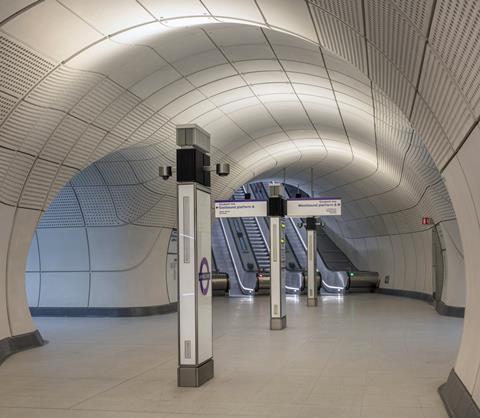
RIBA has named the Elizabeth Line as the winner of this year’s Stirling Prize.
The institute described the 118km line and its 10 new stations as an “extraordinarily complex architectural feat masked by an elegant simplicity”.
The £19bn project was opened in May 2022 by its namesake Queen Elizabeth II in one of the late monarch’s last public engagements.
Designed by Grimshaw, Maynard, Equation and AtkinsRéalis, with several other practices including WW&P contributing to individual stations, it connects Heathrow and Reading in the West with Essex and south east London in the east via 42km of tunnels running beneath central London.
RIBA hailed the construction of the line, which now carries 700,000 passengers a day, as a “monumental achievement”.
The network navigates through centuries of history buried deep beneath London while avoiding both new and ancient underground structures and sewage systems.
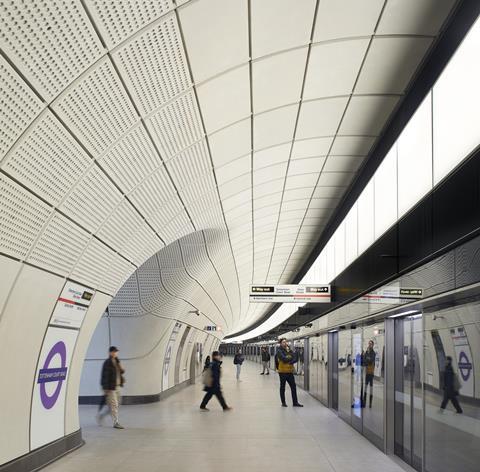
The excavation project became part of Britain’s largest ever archaeological dig, uncovering a wealth of historical artefacts ranging from a Tudor bowling ball to 55-million-year-old woolly mammoth remains.
Six million tonnes of earth were excavated to create room for the network’s tunnels, which was repurposed to create a nature reserve in Essex.
But RIBA reserved its strongest praise for the design of the project’s seven central London stations, running from Paddington in the west to Canary Wharf in the east.
“In contrast to much of the old network, the Elizabeth Line provides a quietly calm environment,” the institute said.
“Curvaceous, fluid lines converge and diverge, carefully guiding passengers to flow around corners, down cavernous vaulted tunnels and onto wide, open platforms.”
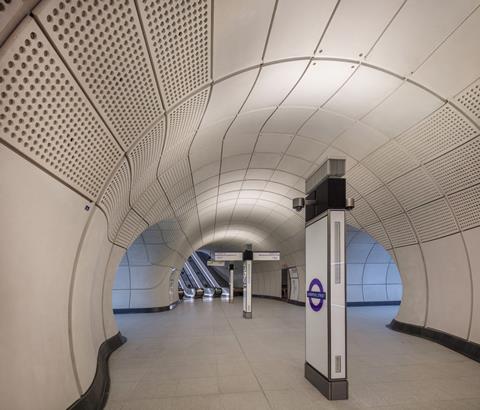
It said the stations’ muted palette of perforated cladding, subtle lighting touches and intuitive wayfinding systems “give the whole network coherence, helping passengers to navigate with confidence”.
Judges also praised the project’s focus on inclusive step free design and engineering interventions such acoustic mats hidden behind cladding to absorb noise and spaces set aside for future expansions of temperature control facilities so the line, which has been designed to last 120 years, can effectively manage future climate change challenges.
RIBA president and Stirling Prize jury chair Muyiwa Oki said the network was a “triumph in architect-led collaboration, offering a flawless, efficient, beautifully choreographed solution to inner-city transport.”
“It’s an uncluttered canvas that incorporates a slick suite of architectural components to create a consistent, line-wide identity – through which thousands of daily passengers navigate with ease,” Oki added.
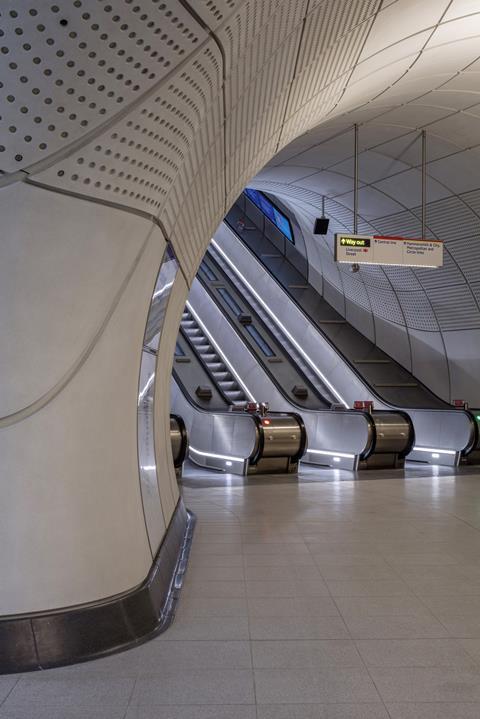
“Descending into the colossal network of tunnels feels like entering a portal to the future, where the typical commuter chaos is transformed into an effortless experience.
“This is architecture of the digital age – a vast scheme that utilises cutting-edge technology to create distinctive spatial characteristics and experiences .
“It rewrites the rules of accessible public transport, and sets a bold new standard for civic infrastructure, opening up the network and by extension, London, to everyone.”
Grimshaw partner Neill McClements, speaking on behalf of the line wide design team, said the Elizabeth Line had been “transformative” for London’s transport network and for people’s lives.
“It is also a recognition of the challenges that our profession faces today – the responsibility we have to rapidly respond to the climate emergency, decarbonise our cities and prioritise social and economic equity,” he said.
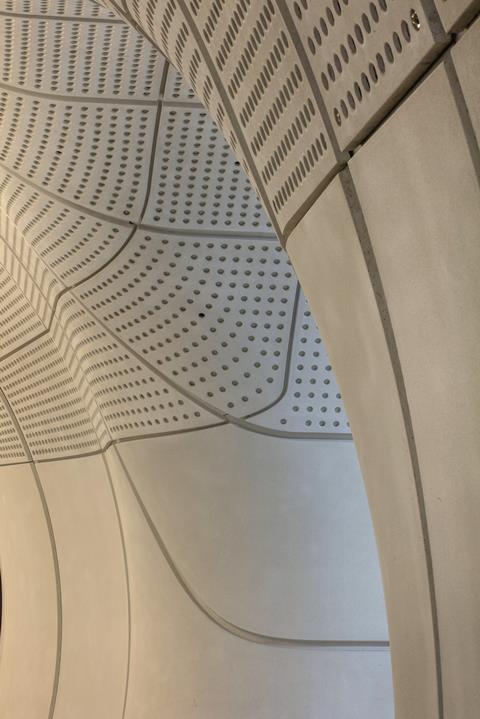
“We know this is only achievable through collaboration and the Stirling Prize recognises all of the design and construction teams that have come together to make the project the success that it is.”
The 2024 RIBA Stirling Prize jury included Alex Ely, founder director of 2023 winner Mæ, Mary Duggan Architects director Mary Duggan, Chanel global head of arts and culture Yana Peel, Cambridge University professor of architecture and environmental policy Minna Sunikka-Blank and Autodesk EMEA consulting director David Light.
This year’s winner beat five other finalists including Jamie Fobert Architects and Purcell’s National Portrait Gallery revamp and Allies and Morrison and Porphyrios Associates’ King’s Cross masterplan.
Also on the 2024 shortlist was an 11-home Hackney scheme by Al-Jawad Pike, the second phase of Mikhail Riches’ regeneration of Park Hill in Sheffield and Clementine Blakemore Architects’ transformation of a Dorset dairy farm into holiday lets.




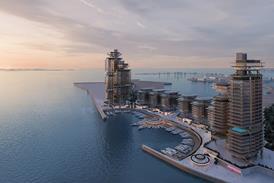
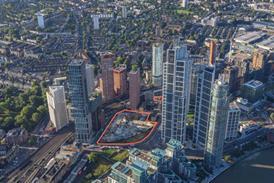










No comments yet